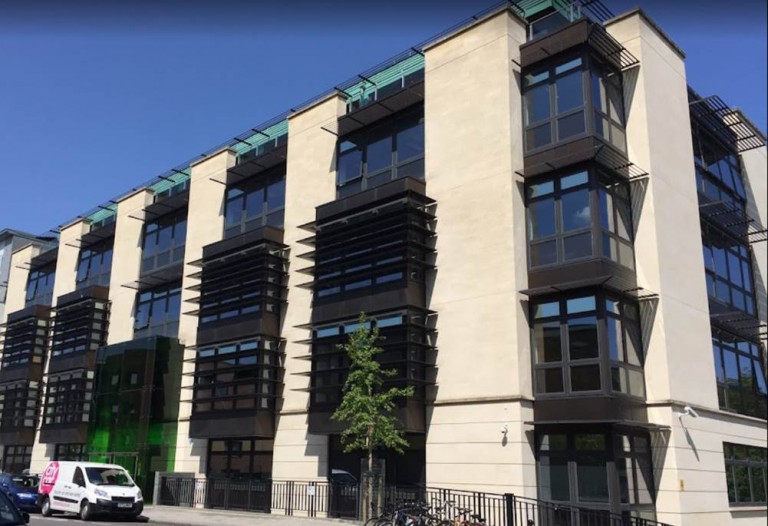Partner of the month interview: Environment Agency
- 20 October 2021
- Francien Horrevorts
- Emergency Response
One of the strengths of Polder2C’s is that it is an international project, where many parties work together, share expert skills and facilitate knowledge transfer. A total of thirteen partners from the Netherlands, Belgium, France and the United Kingdom participate in the project. Each month we put one of our partners in the spotlight. In October it is the Environment Agency.
Environment Agency
The Environment Agency was established in the United Kingdom in 1996 to protect and improve the environment. They work to create better places for people and wildlife, and support sustainable development. Within England the Environment Agency is responsible for managing the risk of flooding from main rivers, reservoirs, estuaries and the sea.
Jim Barlow, Deputy Director Asset Performance and Engineering, represents the Environment Agency and answers our questions.

What is the core business of your organisation?
“The Environment Agency works to create better places for people and wildlife, and support sustainable development in England. We are responsible for the regulating of such things as major industry and waste, treatment of contaminated land, water quality and resources, fisheries, inland river, estuary and harbour navigations.
We are also responsible for managing the risk of flooding from main rivers, reservoirs, estuaries and the sea. This includes increasing the resilience of people, property and businesses to the risks of flooding and coastal erosion. The Environment Agency operates, maintains and replaces significant national flood and coastal defences with a value of £26 billion. These assets reduce the risk of flooding to 1.8 million households and provide an estimated reduction in annual average flood damages of £2.81 billion.”

What is the role of your organisation and you as a person in the Polder2C’s project?
“The Environment Agency is a partner in the project and we have involvement in all the project work streams and help to coordinate the input of other organisations in the UK. We have particular interest in the on-site trials because of the unique opportunity to test real defences without putting the public at risk. I am the UK project sponsor and one of the steering group members.”
What have we gained from the Polder2C's project until now, do you think?
“The sharing of best practice and experience between the partners has been excellent and the knowledge sharing with academia and young professionals will give long term benefits to flood risk managers. The impact of climate change will mean that defences are more frequently loaded at higher levels and in some extreme cases overtopped. The project has given us valuable insights into the resilience of defences to withstand future demands and the emergency measures to manage overtopping and breach. The emerging significance of burrowing animal damage is something we in the UK will need to consider in our future embankment maintenance and inspection standards.”
"This project is an opportunity that happens rarely and we very much welcome being part of such a great team delivering such important work."
Jim Barlow
What innovation or development are you eagerly waiting for?
“The public facing App to collect asset defect information has real potential for use in the UK. We also eagerly await the conclusion of the embankment erosion tests to help us set our future standards for embankment inspection and maintenance.”

What is the best thing someone can do to contribute to climate adaptation?
“Adaption to a changing climate will be partly about investing more in flood defences but also learning to live safely with higher levels of flood risk. People need to be well informed about long term flood risk and also day to day as operational risk increases. Importantly people need to take the actions recommended to manage their own flood risk and the safety of themselves, their families and their community. Flood risk professionals need to provide the information and guidance people and communities need as well as building the defences and managing water levels that help to keep people safe."
Why have you decided to be a partner of the project?
“I was pleased to be involved in the project because sharing experience with other professionals is very valuable and having the opportunity for practical tests on real defences is very rare. This project is an opportunity that happens rarely and we very much welcome being part of such a great team delivering such important work.”
